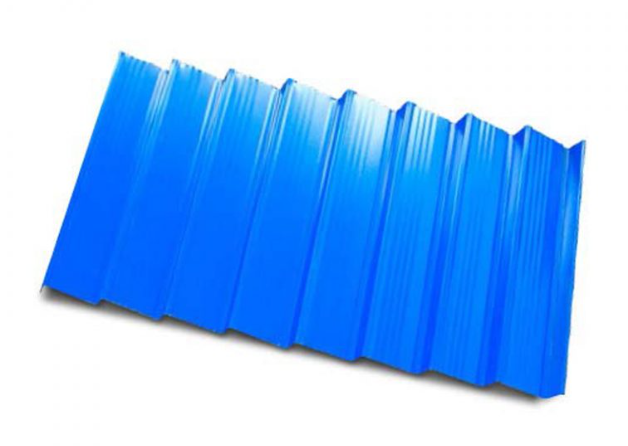C Channel Steel Roll Forming Machine for Efficient Metal Fabrication Solutions
Understanding C Channel Steel Roll Forming Machines
In the realm of metal fabrication, the C channel steel roll forming machine has emerged as an indispensable tool for manufacturers seeking precision and efficiency. This specialized machinery is designed to create C channel shapes from steel coils, catering to a variety of structural and architectural applications. This article delves into the significance, operation, and advantages of C channel steel roll forming machines.
What is a C Channel?
Before exploring the roll forming machine, it is essential to understand what a C channel is. A C channel is a type of beam that has a distinctive C-shaped cross-section. This shape is particularly beneficial in construction and manufacturing due to its high strength-to-weight ratio, versatility, and cost-effectiveness. C channels are often employed in constructing building frameworks, frames for machinery, bridges, and various other structural components.
The Role of C Channel Steel Roll Forming Machines
C channel steel roll forming machines automate the process of transforming flat steel coils into C-shaped channels. The roll forming process involves passing the flat steel through a series of rollers that gradually mold it into the desired C shape. This method is highly efficient, yielding high volumes of consistent product at a rapid pace.
Key Components of the Machine
A typical C channel steel roll forming machine comprises several critical components
1. Uncoiler This device feeds the steel coil into the machine. It's essential for ensuring a smooth and consistent supply of material. 2. Roll Forming Stations These are the heart of the machine, featuring multiple rollers configured to gradually shape the metal into a C channel. The number of stations can vary based on the complexity of the shape and the machine's design. 3. Cutting Mechanism Once the desired length of the C channel is formed, a cutting mechanism, usually hydraulic or pneumatic, cuts the channel to size. 4. Control System Modern machines are equipped with advanced control systems that enable operators to adjust parameters such as speed, length, and thickness of the material processing.
5. Output Table After cutting, the finished C channels are directed to an output table where they can be collected for further processing or shipping.
c channel steel roll forming machine

Advantages of C Channel Steel Roll Forming Machines
1. High Production Efficiency These machines can produce large quantities of C channels in a short amount of time, making them ideal for high-demand manufacturing environments.
2. Consistent Quality The automated nature of roll forming ensures that each C channel produced meets precise specifications, resulting in fewer defects and waste.
3. Versatility C channel roll forming machines can often be adjusted to create different sizes and specifications, allowing manufacturers to cater to a wide variety of customer needs.
4. Cost-Effectiveness The efficiency and reduced material waste associated with roll forming contribute to lower production costs over time, making it a financially sound option for businesses.
5. Minimal Labor Requirements With automation capabilities, these machines require fewer operator interventions compared to traditional fabrication methods, reducing labor costs and potential errors.
Conclusion
The C channel steel roll forming machine is a testament to the advancements in metalworking technology, streamlining the production of one of the most utilized structural elements in construction and manufacturing. As industries continue to evolve, investing in such efficient and precise machinery becomes crucial for staying competitive. With their ability to produce high volumes of quality C channels quickly and cost-effectively, these machines not only enhance production capabilities but also contribute significantly to the modernization of manufacturing processes.
As the construction and manufacturing sectors continue to grow, the demand for C channel steel roll forming machines is expected to remain strong, reinforcing their importance in the industry. Whether for constructing towering skyscrapers or manufacturing intricate machinery parts, the role of these machines is irrefutably pivotal in shaping our built environment.
-
Roof Panel Machines: Buying Guide, Types, and PricingNewsJul.04, 2025
-
Purlin Machines: Types, Features, and Pricing GuideNewsJul.04, 2025
-
Metal Embossing Machines: Types, Applications, and Buying GuideNewsJul.04, 2025
-
Gutter Machines: Features, Types, and Cost BreakdownNewsJul.04, 2025
-
Cut to Length Line: Overview, Equipment, and Buying GuideNewsJul.04, 2025
-
Auto Stacker: Features, Applications, and Cost BreakdownNewsJul.04, 2025
-
Top Drywall Profile Machine Models for SaleNewsJun.05, 2025








